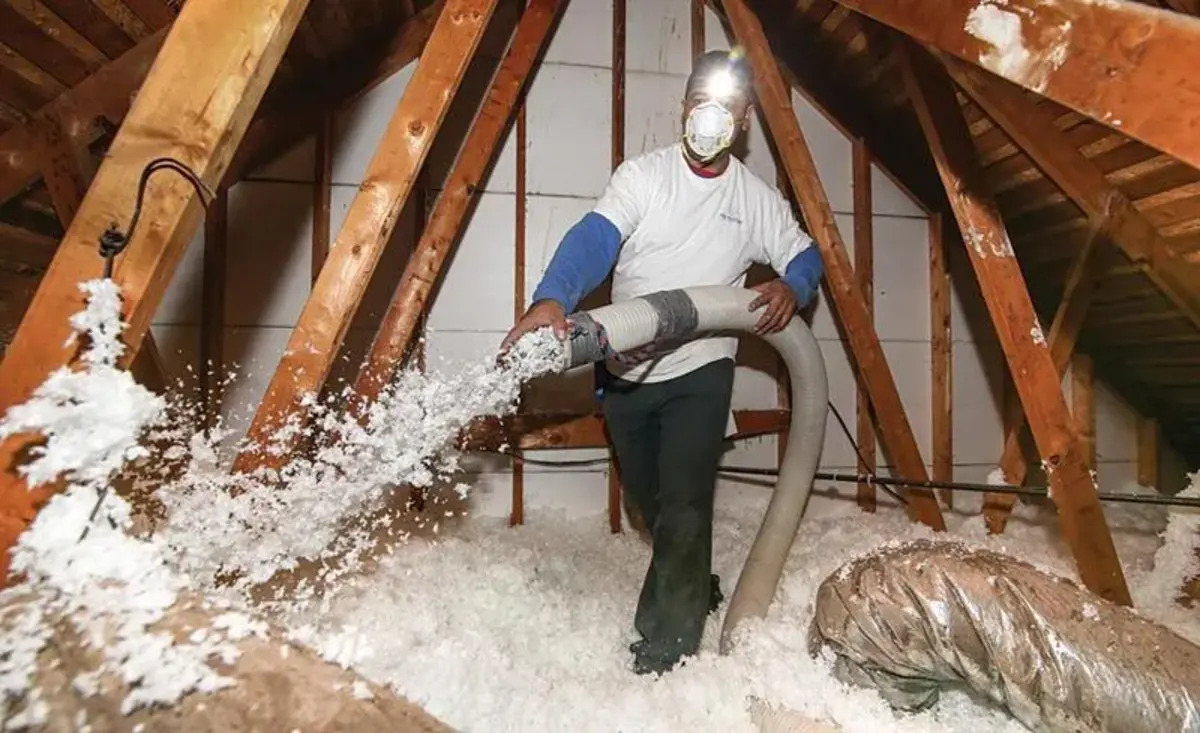

Articles
How Much Does USA Insulation Cost
Modified: September 2, 2024
Find out the average cost of USA insulation in this informative article. Learn about pricing factors and get estimates for your home.
(Many of the links in this article redirect to a specific reviewed product. Your purchase of these products through affiliate links helps to generate commission for Storables.com, at no extra cost. Learn more)
Introduction
Insulation is an essential component of any home, helping to regulate temperature, reduce energy consumption, and enhance comfort. If you’re considering insulating your home in the USA, one of the key factors that might weigh on your mind is the cost. Understanding the costs associated with USA insulation is crucial for planning and budgeting your home improvement project.
In this article, we will explore the factors that influence insulation costs in the USA, the different types of insulation materials available, and the average cost of insulation installation. We will also delve into the costs of insulating different areas in a home and compare the expenses of DIY insulation versus hiring a professional. Finally, we will touch upon additional costs and considerations that you need to keep in mind when planning your insulation project.
By the end of this article, you will have a better understanding of how much it costs to insulate your home in the USA, helping you make informed decisions and ensuring that you get the best value for your investment.
Key Takeaways:
- Understanding the factors influencing insulation costs, selecting appropriate materials, and considering additional expenses are crucial for a successful insulation project in the USA.
- Whether choosing DIY or hiring a professional, it’s important to weigh the costs, time, effort, and potential risks involved in insulating your home.
Read more: How Much Does It Cost For Insulation
Factors Affecting USA Insulation Costs
Several factors come into play when determining the cost of insulation in the USA. These factors can vary depending on the specific location, the size of the project, and the type of insulation material being used. Here are some key factors that can influence the cost of insulation:
- Size of the area: The total square footage of the area that needs to be insulated will directly impact the cost. The larger the area, the more materials will be required, leading to higher expenses.
- Type of insulation material: There are various types of insulation materials available in the USA, such as fiberglass, cellulose, spray foam, and rigid foam. The cost of these materials can vary significantly, with spray foam being generally more expensive than fiberglass or cellulose.
- Accessibility: The accessibility of the area to be insulated can affect the cost. If the space is difficult to reach, additional labor and equipment may be required, leading to higher expenses.
- Existing insulation: If you’re adding insulation to an existing home, the condition and effectiveness of the current insulation can impact the cost. If the existing insulation needs to be removed or repaired, it will add extra expenses to the project.
- Regional variations: The cost of labor and materials can vary based on your location within the USA. For example, urban areas may have higher labor costs compared to rural areas, and the availability of certain insulation materials may differ between regions.
- Energy efficiency goals: If you have specific energy efficiency goals, such as achieving a certain R-value or reducing your energy consumption, the type of insulation material and the level of insulation required may raise the cost.
- Additional services: Factors such as air sealing, moisture control, and soundproofing can add to the overall cost of the insulation project. These additional services are often recommended to maximize the benefits of insulation and improve the overall comfort of your home.
It’s important to keep these factors in mind when estimating the cost of insulating your home. Consulting with insulation professionals and obtaining multiple quotes will help you get a better understanding of the specific costs associated with your project.
Types of Insulation Materials in the USA
When it comes to insulating your home in the USA, there are several types of insulation materials to choose from. Each type has its own unique properties, benefits, and cost considerations. Here are the most commonly used insulation materials:
- Fiberglass: Fiberglass insulation is one of the most popular and economical options available. It consists of thin glass fibers that are layered together to form insulation batts or rolls. Fiberglass insulation is known for its excellent thermal resistance, fire resistance, and sound absorption properties.
- Cellulose: Cellulose insulation is made from recycled paper materials treated with fire-retardant chemicals. It is a popular choice for its eco-friendly nature and affordability. Cellulose insulation is blown into walls, attics, and other cavities to create a dense barrier against heat transfer.
- Spray foam: Spray foam insulation is a versatile option that expands upon application. It is made by mixing two chemicals that react and expand, creating a foam that fills gaps and seals spaces effectively. Spray foam insulation provides excellent thermal insulation, air sealing, and moisture control.
- Rigid foam: Rigid foam insulation boards are made from polyisocyanurate or polystyrene and offer high thermal resistance. They are often used in new construction projects or as an additional layer of insulation on exterior walls and roofs. Rigid foam insulation is durable, moisture-resistant, and offers good sound insulation properties.
- Mineral wool: Mineral wool insulation is made from molten rock or recycled materials. It is available in batts or loose-fill form. Mineral wool insulation is fire-resistant, provides excellent sound absorption, and has good thermal properties.
Each type of insulation material has its advantages and considerations in terms of cost, installation requirements, and performance. Consulting with an insulation professional can help you determine the best insulation material for your specific needs and budget.
Average Cost of Insulation Installation
The cost of insulation installation in the USA can vary depending on several factors, including the type of insulation material, the size of the area being insulated, and the region in which you are located. Here is a general overview of the average cost of insulation installation:
- Fiberglass: On average, the cost of insulating with fiberglass insulation is around $1.50 to $3 per square foot installed. This cost includes both material and labor expenses.
- Cellulose: The average cost of installing cellulose insulation ranges from $1.50 to $3.50 per square foot. This cost can vary depending on the thickness and density of the insulation.
- Spray foam: Spray foam insulation is typically more expensive, with an average cost of $2 to $6 per square foot. The exact cost can vary based on factors such as the thickness of the insulation and the accessibility of the area.
- Rigid foam: The average cost of installing rigid foam insulation is around $1.50 to $3 per square foot. This cost can increase if additional services, such as air sealing, are included.
- Mineral wool: The cost of mineral wool insulation installation is similar to fiberglass, ranging from $1.50 to $3 per square foot.
It’s important to note that these cost estimates are general averages and can vary depending on your specific location and other project-specific factors. Additionally, these prices typically include both material and labor expenses. Keep in mind that the cost of insulation installation is an investment that can lead to long-term savings through reduced energy consumption and improved comfort in your home.
It is recommended to obtain multiple quotes from insulation professionals to get a more accurate estimation of the costs associated with your insulation project.
The cost of insulation in the USA can vary depending on factors such as the type of insulation, the size of the area to be insulated, and the location. It’s best to get quotes from multiple contractors to compare prices and find the best deal.
Cost of Insulating Different Areas in a Home
Insulating different areas of your home is essential for maximizing energy efficiency and comfort. The cost of insulating each area can vary based on the size, materials required, and accessibility. Here’s a breakdown of the average costs to insulate different areas in a home:
- Attic: Insulating the attic is crucial as it is a major source of heat loss. The cost of insulating an attic ranges from $1.50 to $3 per square foot. This cost includes both material and labor expenses.
- Walls: Insulating the walls can help improve energy efficiency and soundproofing. The cost of insulating walls varies depending on the material used and the method of installation. On average, it can cost between $2.50 and $6 per square foot.
- Basement/Crawl Space: Insulating the basement or crawl space helps prevent moisture issues and can reduce energy costs. The average cost of insulating these areas ranges from $2 to $4 per square foot. Factors such as the presence of water or mold can affect the cost.
- Roof/Ceiling: Insulating the roof or ceiling is essential for maintaining consistent temperatures and preventing heat transfer. The cost of insulating the roof or ceiling can range from $2 to $4 per square foot.
- Floors: Insulating floors helps with soundproofing and temperature regulation. The cost of insulating floors can vary depending on the type of insulation material and the complexity of the installation. On average, it can cost between $2 and $5 per square foot.
It’s important to note that these costs are general estimates and can vary depending on your specific location, the complexity of the project, and any additional services required, such as air sealing or moisture control. Getting a professional assessment and multiple quotes will give you a more accurate idea of the costs associated with insulating the different areas of your home.
Investing in proper insulation for these areas can help you save on energy bills, enhance the comfort of your home, and increase its overall value.
Read more: How Much Does Blow-In Insulation Cost
Cost Comparison: DIY vs Hiring a Professional
When it comes to insulation installation, you have the option to either take on the project as a DIY endeavor or hire a professional insulation contractor. Each approach has its own advantages and considerations, including cost. Let’s compare the costs of DIY insulation versus hiring a professional:
DIY Insulation:
- Cost of Materials: When you choose to tackle insulation as a DIY project, you can potentially save on labor costs. However, you will need to purchase the insulation materials yourself. The cost of materials will vary depending on the type of insulation you choose and the size of the area you are insulating.
- Equipment and Tools: Insulation installation may require specific tools and equipment, such as a utility knife, safety goggles, gloves, and a staple gun. If you don’t already own these tools, you will need to factor in the cost of purchasing or renting them.
- Time and Effort: DIY insulation can be time-consuming and physically demanding. You will need to dedicate the necessary time to research the installation process, prepare the area, and properly install the insulation. Additionally, you’ll need to ensure you follow the correct safety precautions.
Professional Insulation:
- Labor Costs: When hiring a professional insulation contractor, you will need to consider the labor costs. These costs can vary depending on your location, the scope of the project, and the specific contractor. The contractor will have the expertise and experience to properly install the insulation, ensuring maximum effectiveness and efficiency.
- Efficiency and Quality: Professionals have the knowledge and skills to handle insulation installation with precision. They can identify potential issues, ensure proper sealing, and maximize energy efficiency. This can result in long-term savings on energy bills.
- Warranty and Guarantee: Hiring a professional insulation contractor often comes with warranty coverage or guarantees on the work performed. This can provide you with peace of mind and reassurance that any issues that arise will be taken care of.
In general, while DIY insulation may initially seem more cost-effective, it’s important to consider the potential risks and challenges involved. Improper installation can lead to compromised energy efficiency, increased utility bills, and even potential damage to your home. Hiring a professional insulation contractor can provide you with a seamless and efficient insulation installation and ensure the best long-term results for your investment.
Ultimately, the decision between DIY insulation and hiring a professional depends on your level of expertise, available time, budget, and the specific requirements of your insulation project.
Additional Costs and Considerations
When planning for insulation installation in the USA, it’s important to take into account some additional costs and considerations that may arise during the process. These factors can impact the overall cost of your insulation project:
- Permitting and Code Compliance: Depending on your location, you may need to obtain permits for insulation installation. Permit fees can vary, so it’s essential to check with your local building department. Additionally, the insulation project must comply with local building codes and regulations.
- Removal and Disposal of Existing Insulation: If your home already has old or ineffective insulation, it may need to be removed before installing new insulation. The cost of removing and disposing of old insulation can add to the overall project expenses.
- Air Sealing and Moisture Control: To maximize the effectiveness of your insulation, it’s often recommended to address air sealing and moisture control. These additional services can help create a more energy-efficient and comfortable home but may come with additional costs.
- Duct Insulation and Sealing: If your HVAC system has ductwork, you may want to consider insulating and sealing the ducts as well. This can prevent energy loss and improve the overall efficiency of your heating and cooling system.
- Specialized Installation Needs: Certain areas of your home, such as cathedral ceilings or hard-to-reach spaces, may require specialized installation techniques. This can increase the cost of insulation installation due to the additional labor and expertise required.
- Additional Energy Efficiency Upgrades: While addressing insulation is a significant step towards energy efficiency, you may consider other upgrades, such as upgrading windows or adding weatherstripping. These upgrades can incur additional costs but can further improve energy efficiency and comfort.
It’s crucial to discuss these additional costs and considerations with insulation professionals during the planning phase. They can help you assess your specific needs, provide accurate cost estimates, and guide you through the best insulation solutions for your home.
Remember that insulation is an investment that can provide long-term benefits in terms of energy savings, comfort, and increased property value. By considering these additional factors, you can ensure a comprehensive insulation project that meets your needs and budget.
Conclusion
Insulating your home in the USA is a wise investment that can improve energy efficiency, reduce utility bills, and enhance overall comfort. By understanding the factors that affect insulation costs, the types of insulation materials available, and the average cost of installation, you can make informed decisions when planning your insulation project.
Factors such as the size of the area, the type of insulation material, accessibility, and regional variations can all influence the cost of insulation. It’s essential to consider these factors when estimating the expenses associated with your project.
The USA offers a range of insulation materials, including fiberglass, cellulose, spray foam, rigid foam, and mineral wool. Each material has its own benefits and considerations in terms of cost and performance. It’s important to choose an insulation material that aligns with your energy efficiency goals, budget, and specific requirements.
The average cost of insulation installation in the USA can vary depending on the material and area being insulated. Attics, walls, basements, roofs, and floors all have different average costs associated with insulation installation. Obtaining multiple quotes from insulation professionals will help you get a more accurate estimate for your specific project.
When considering insulation, you can choose between DIY installation or hiring a professional. While DIY can save on labor costs, it’s important to consider the time, effort, and potential risks involved. Hiring a professional insulation contractor ensures proper installation, efficiency, and potentially comes with warranty coverage or guarantees.
Additional costs and considerations such as permitting, removal of existing insulation, air sealing, and specialized installation needs should also be taken into account. Discussing these aspects with insulation professionals will help you plan and budget accordingly.
In conclusion, insulating your home in the USA is an investment that can provide long-term energy savings, increased comfort, and improved property value. By understanding the factors influencing insulation costs, selecting the appropriate materials, and considering additional expenses, you can make informed decisions for a successful insulation project.
Frequently Asked Questions about How Much Does USA Insulation Cost
Was this page helpful?
At Storables.com, we guarantee accurate and reliable information. Our content, validated by Expert Board Contributors, is crafted following stringent Editorial Policies. We're committed to providing you with well-researched, expert-backed insights for all your informational needs.

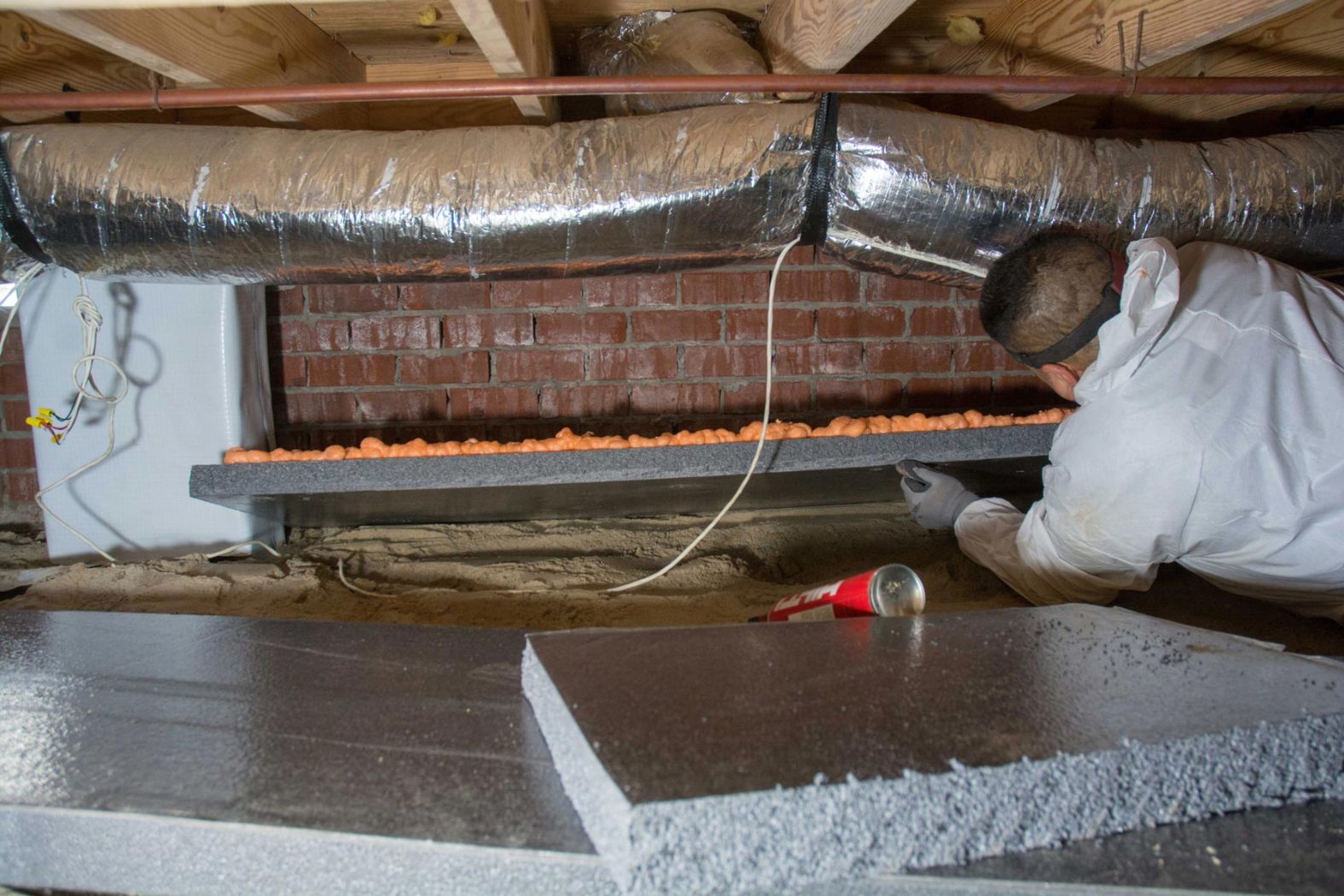
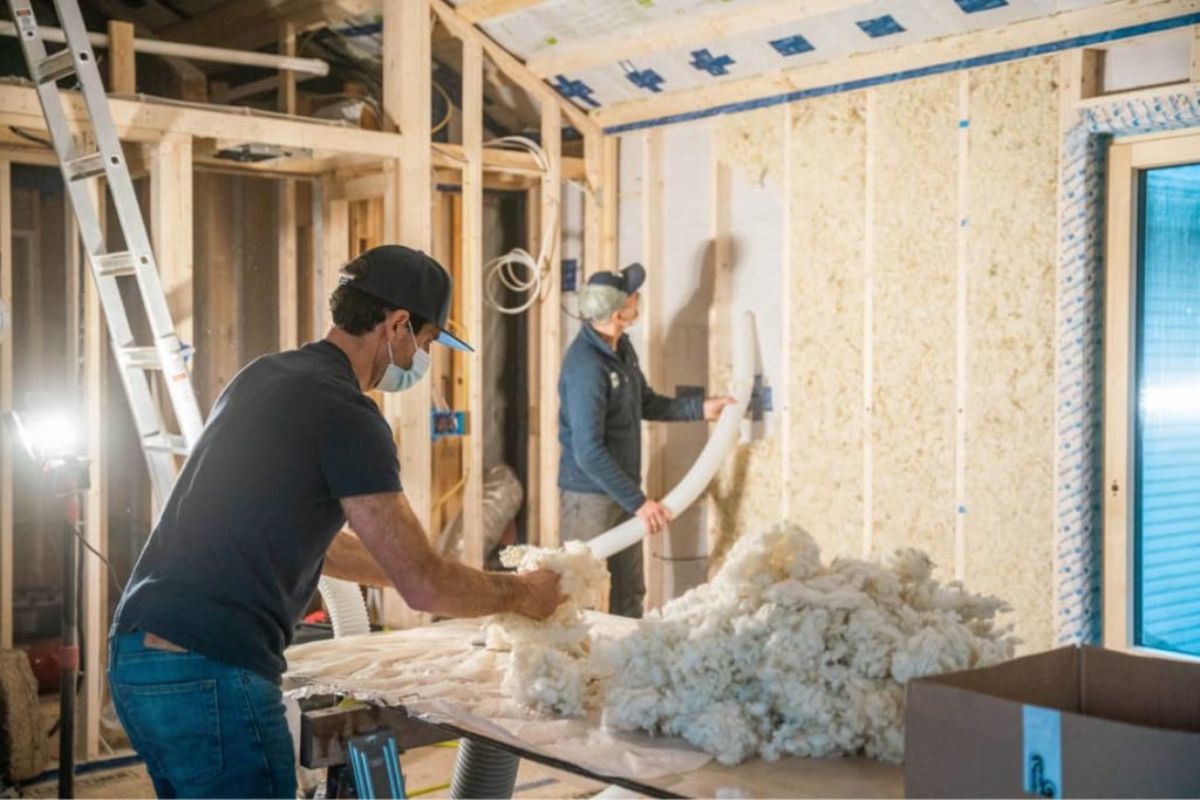
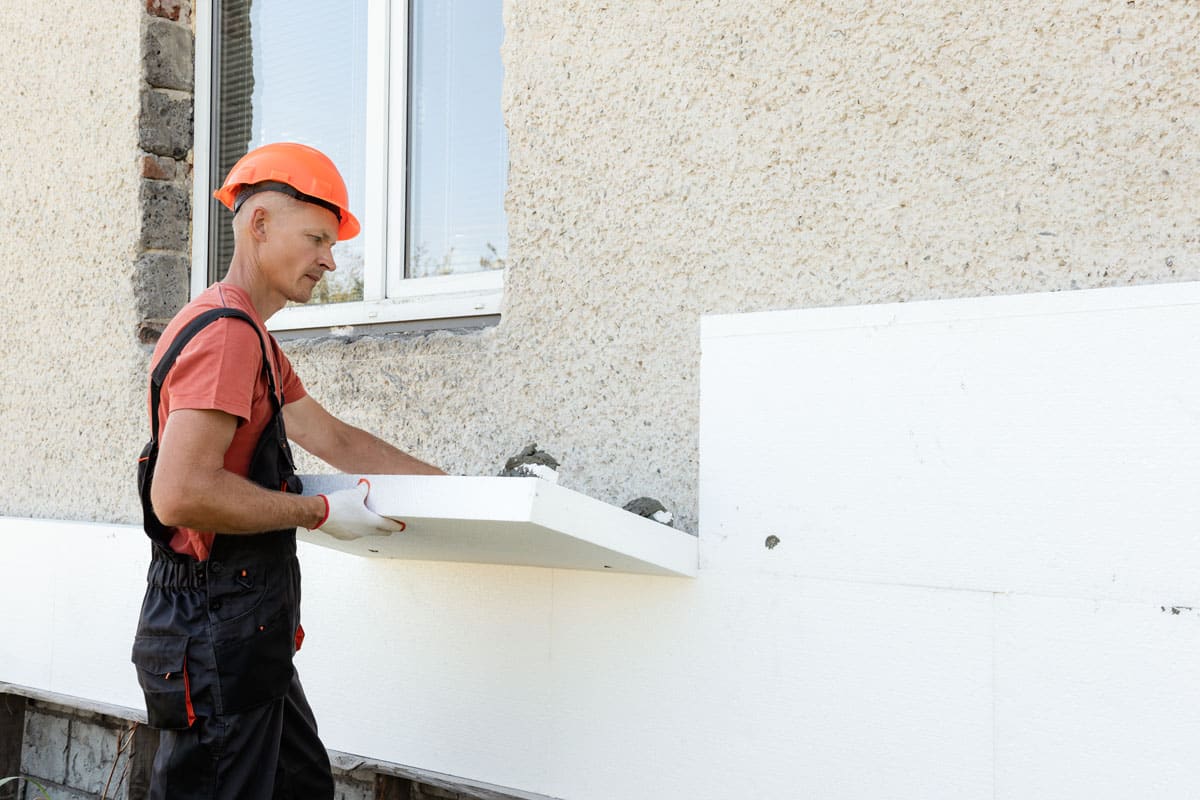
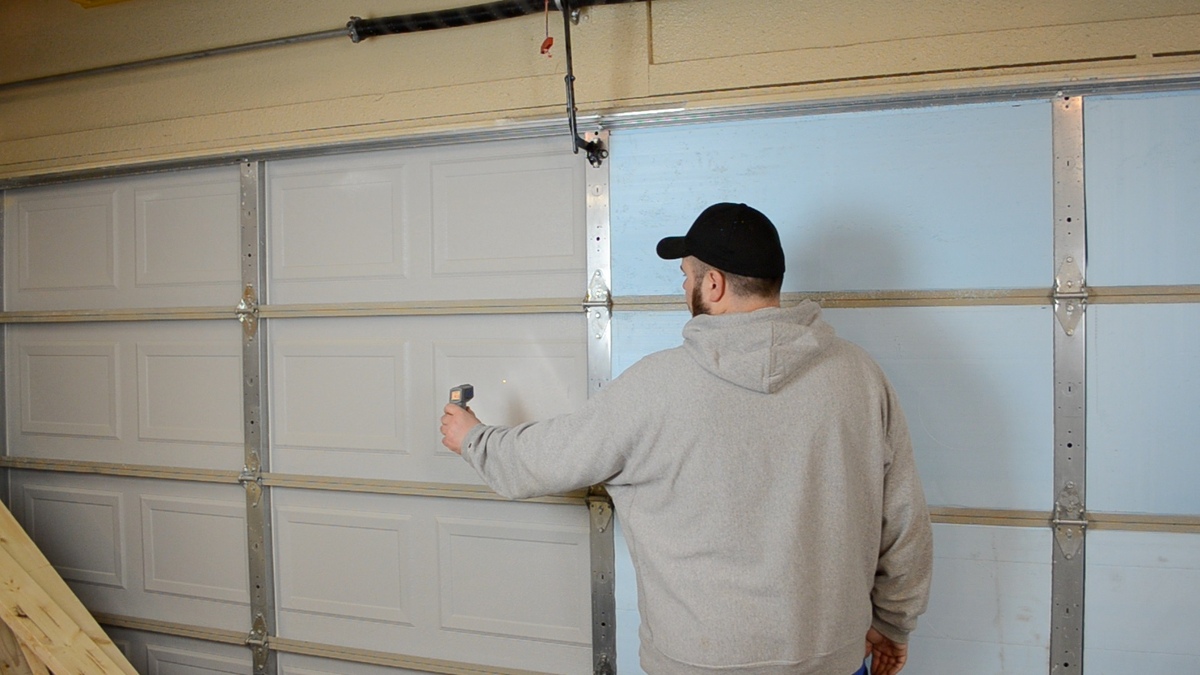
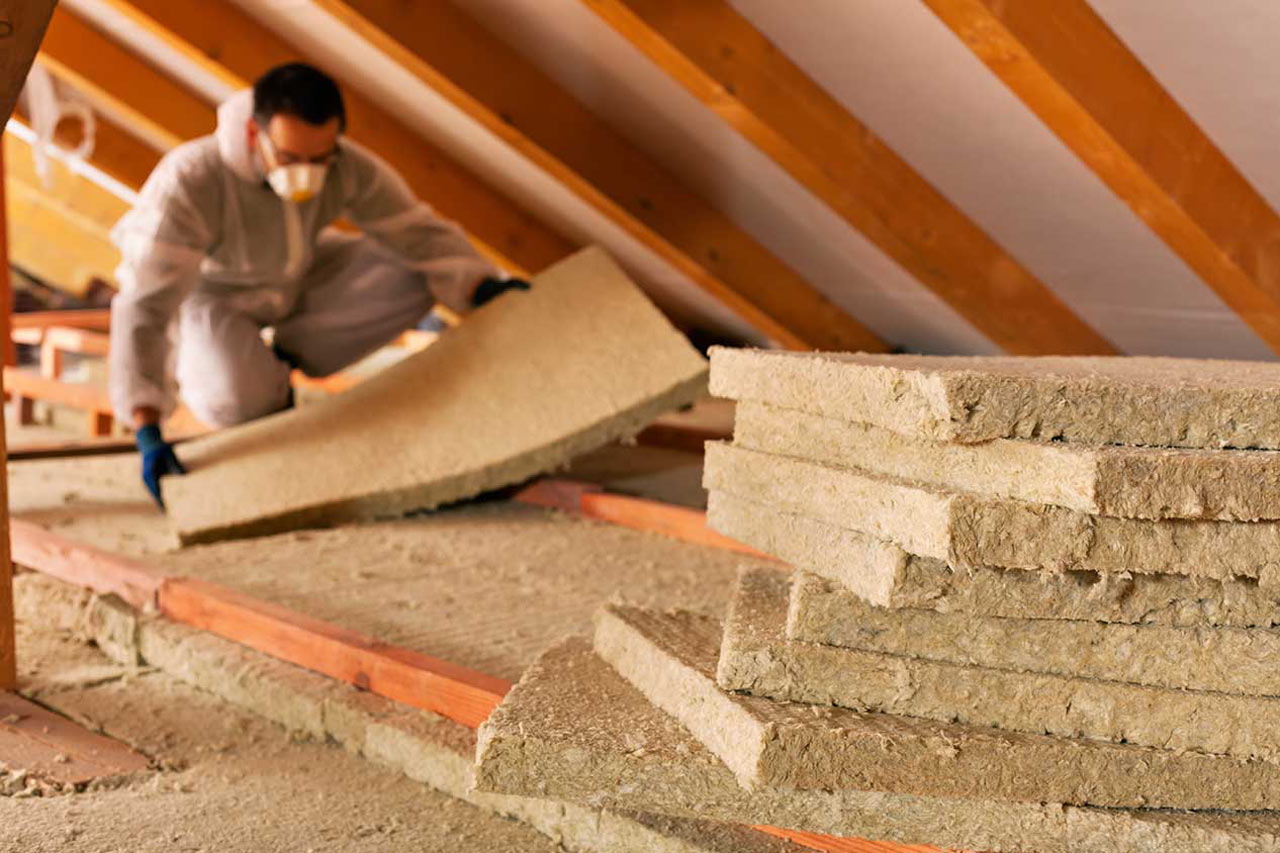
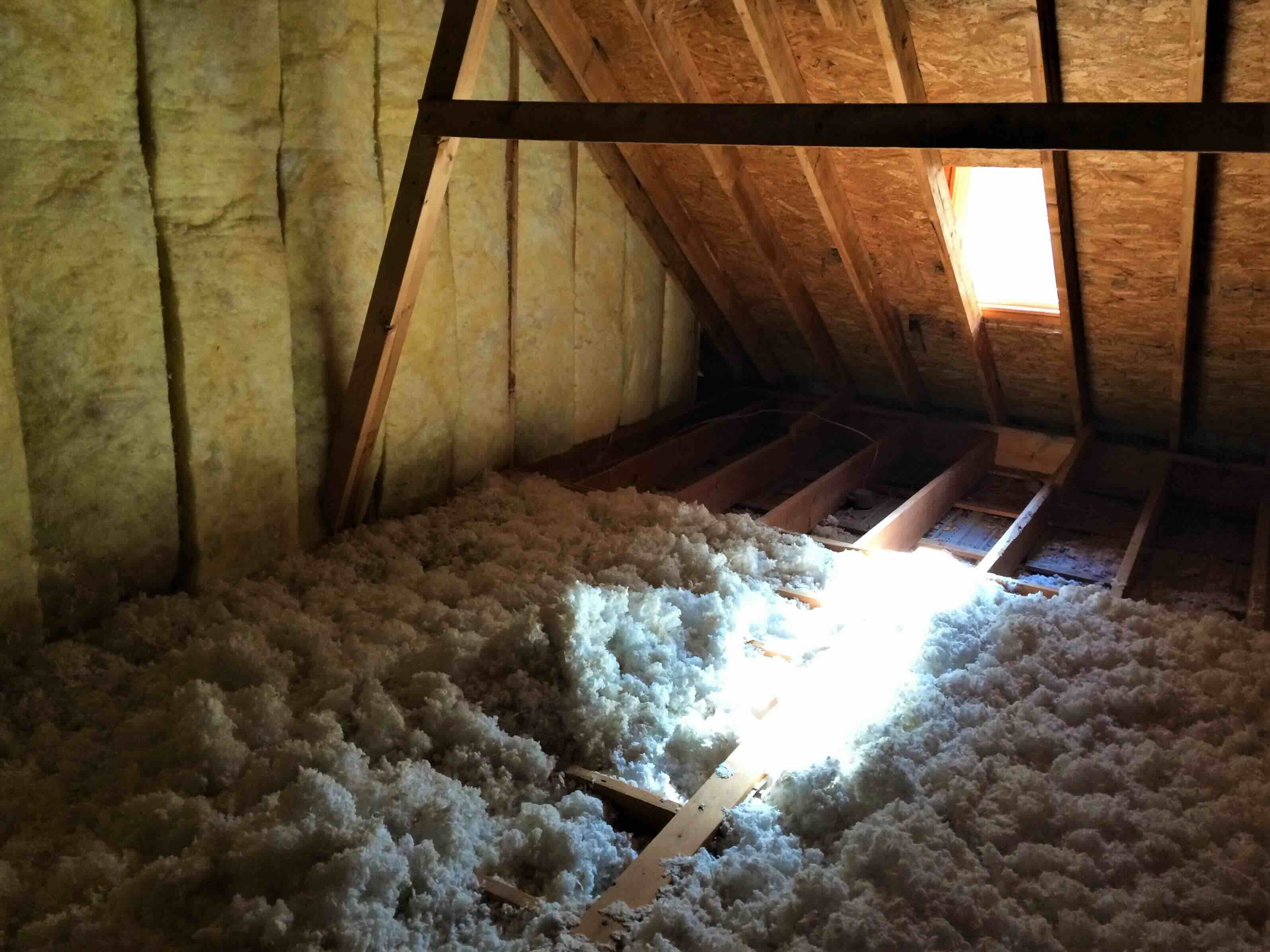
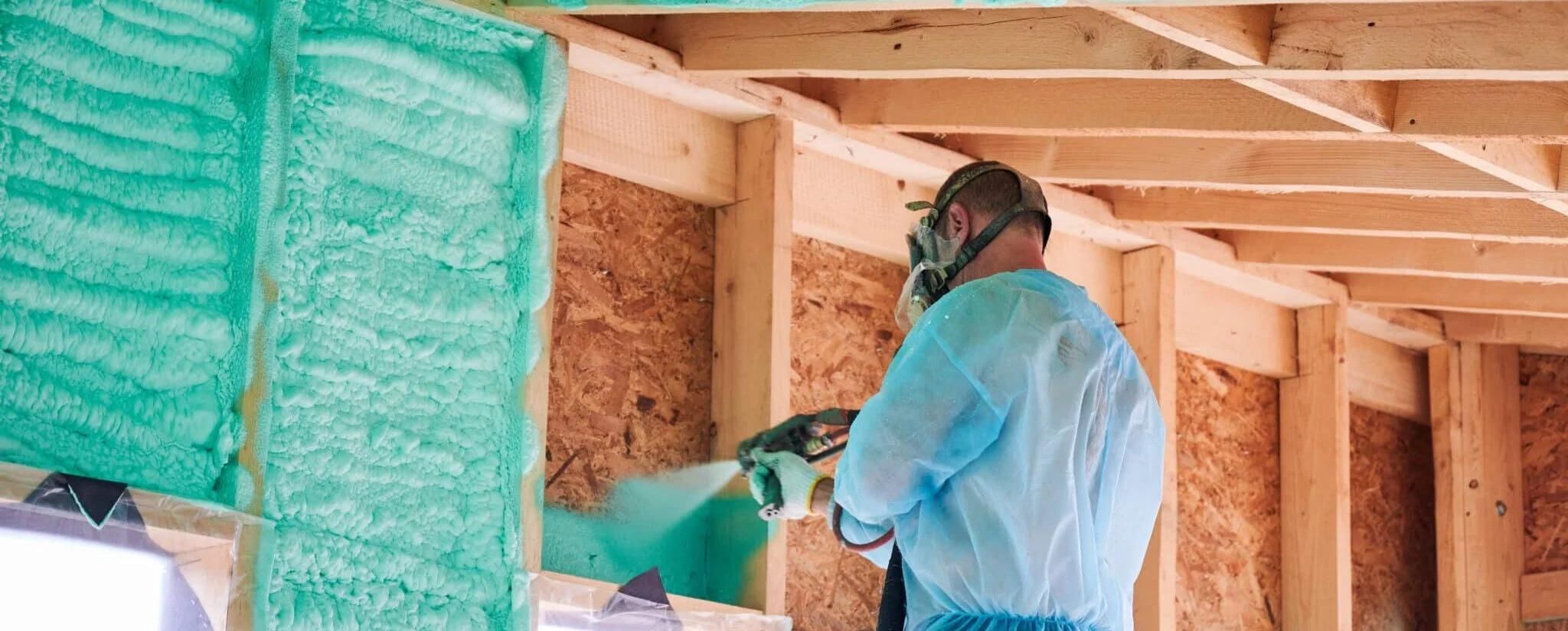

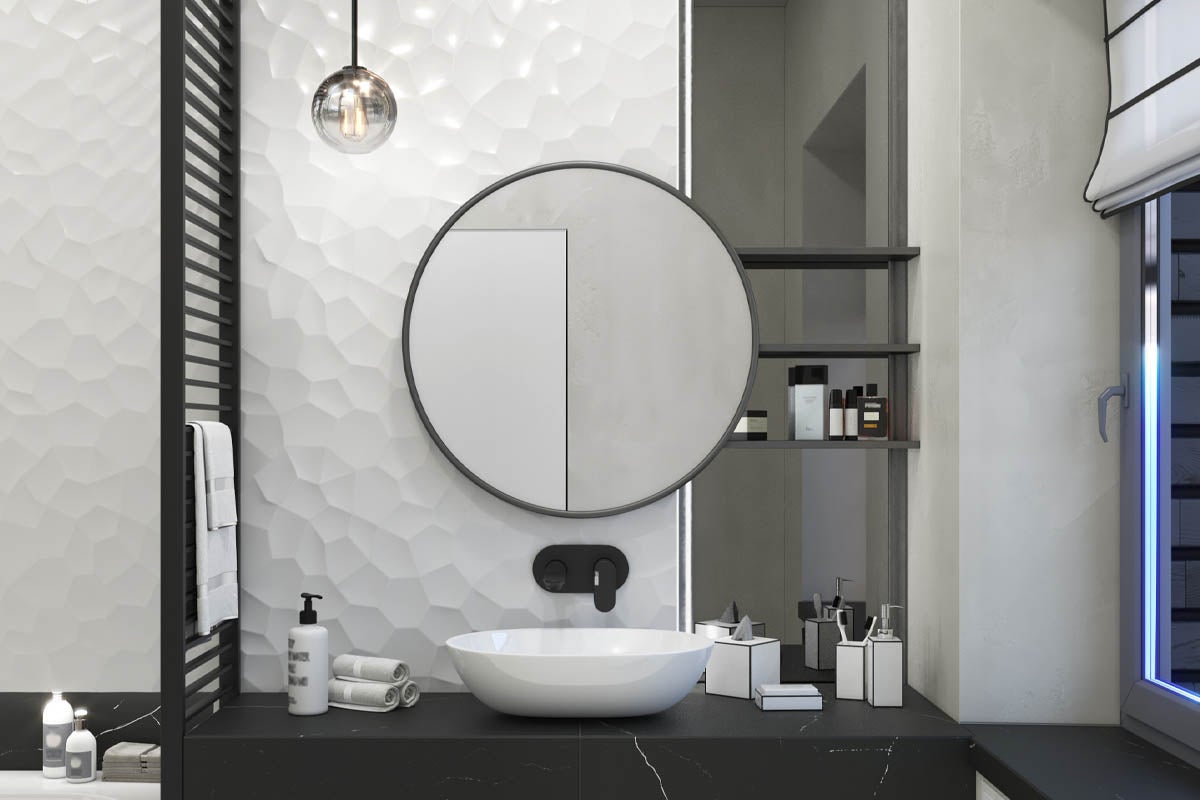
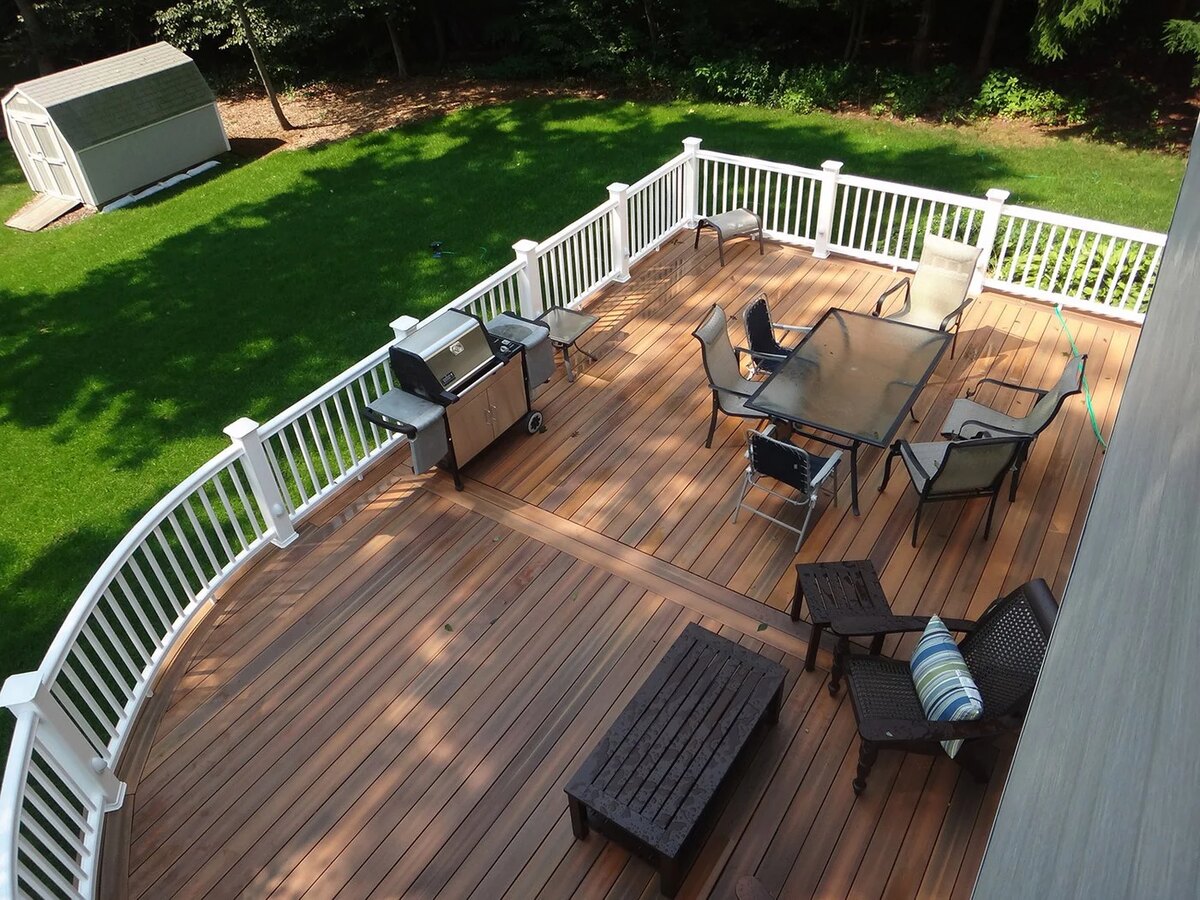
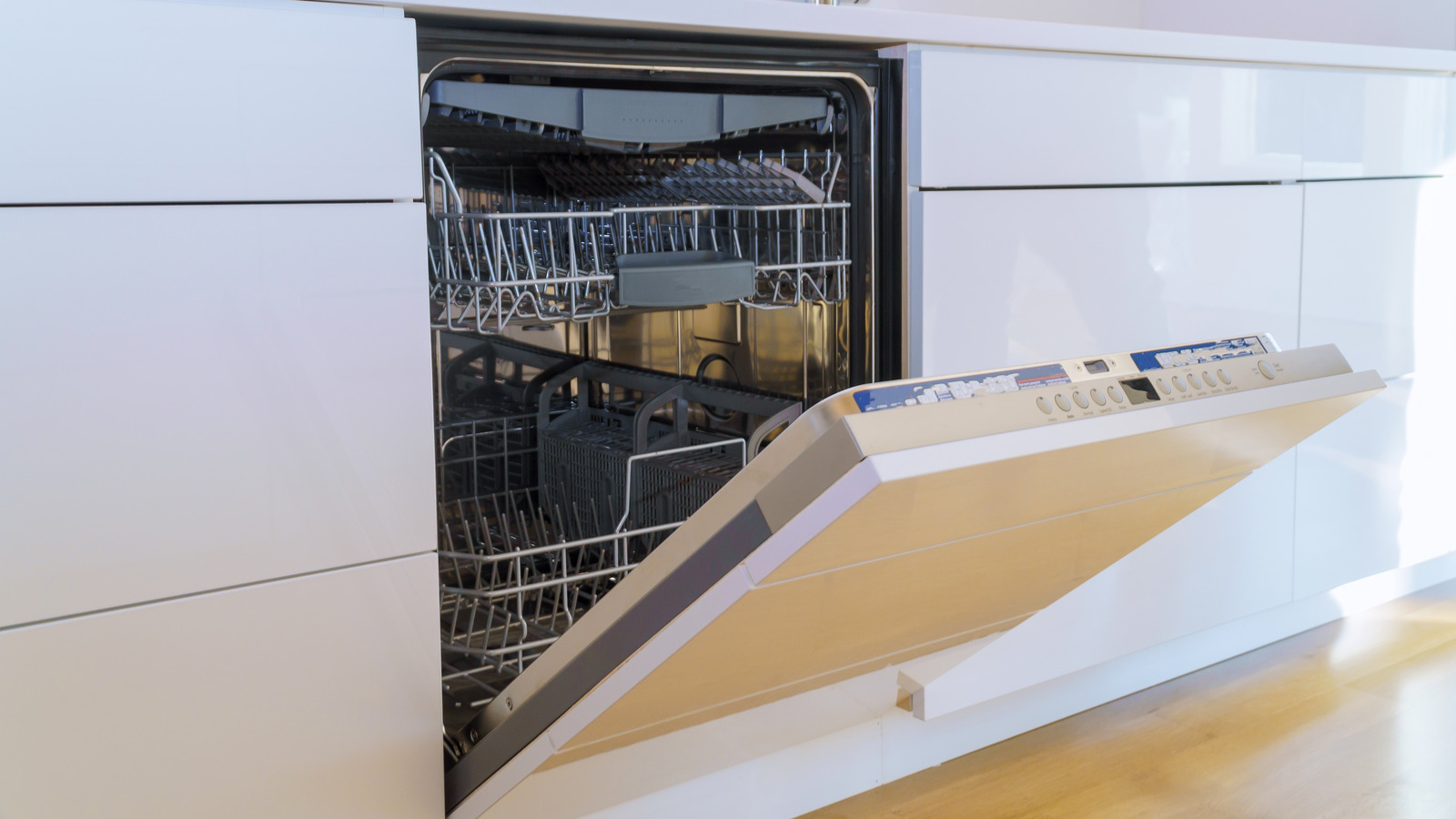
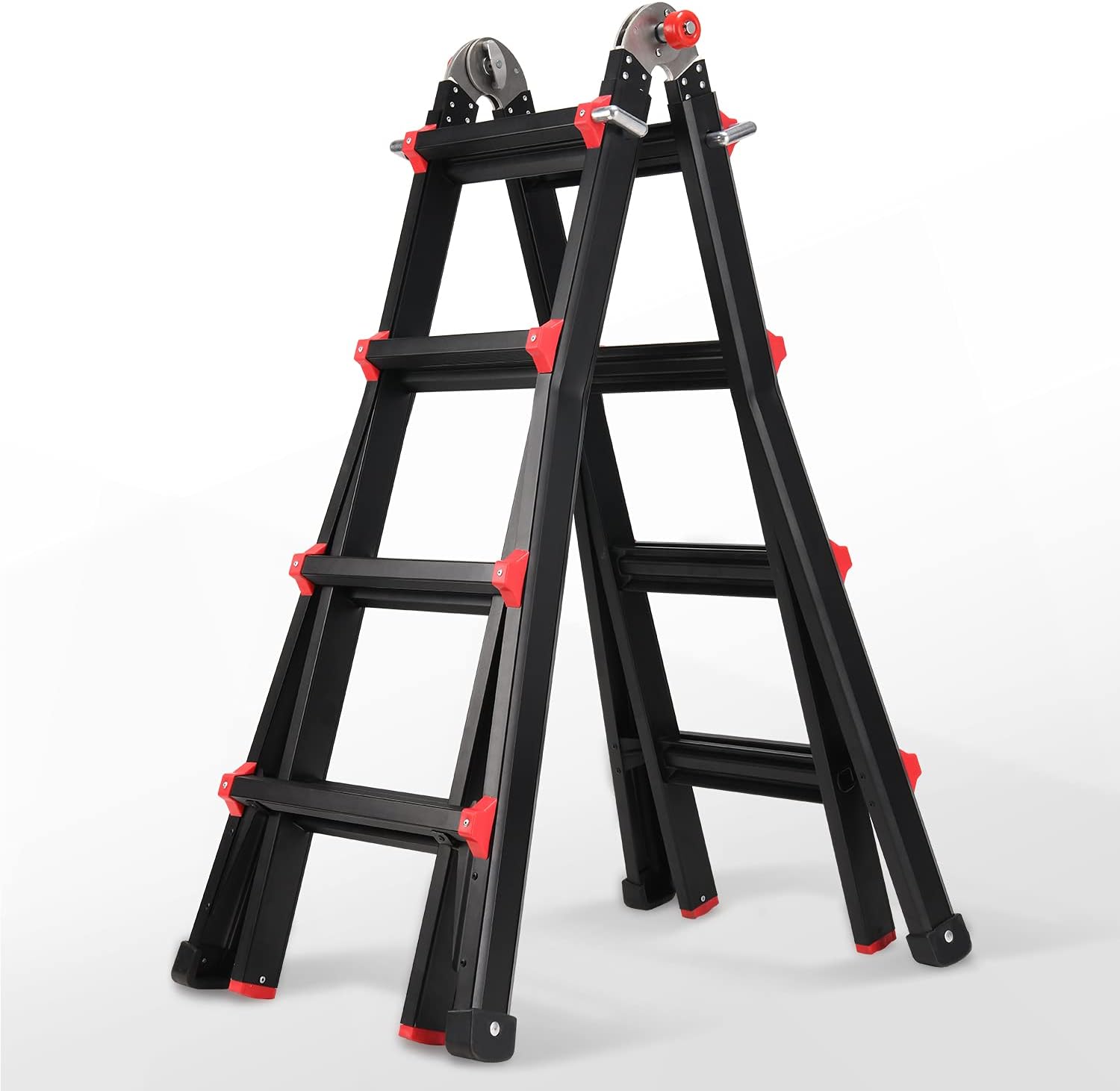
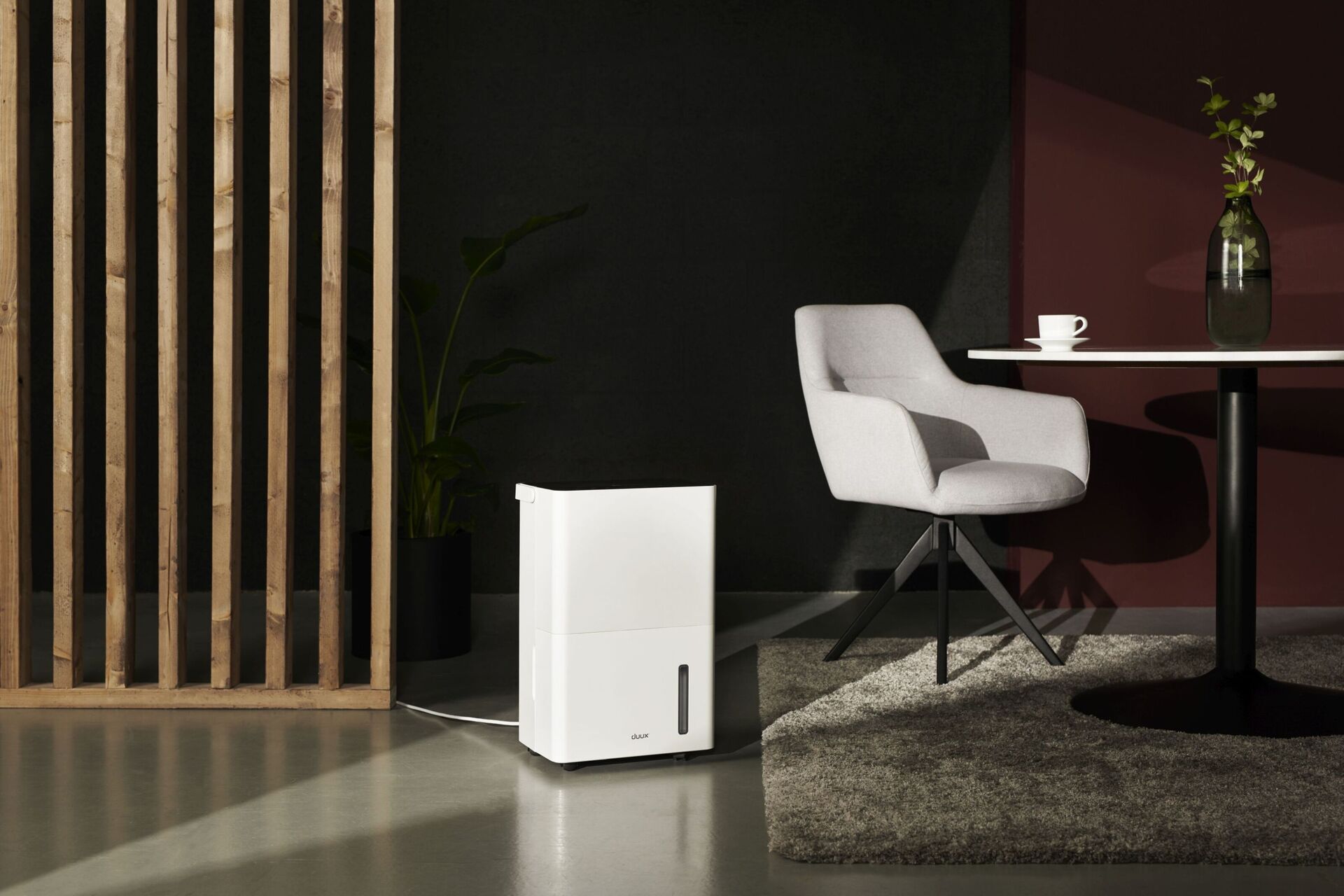

0 thoughts on “How Much Does USA Insulation Cost”